A Backyard Transformation: My Aquaponic Adventure
You know that feeling when you think you’ve got this brilliant idea in your back pocket, like you just discovered the Holy Grail of gardening? That was me a couple of summers back, sitting on the porch, sipping my sweet tea while the afternoon sun beat down on my little haven of an overgrown yard. I had just stumbled upon this concept called aquaponics—growing plants and fish in harmony. It sounded magical, like one of those fairy tales where everything just works out. But boy, was I in for a ride.
The Spark of Inspiration
It all started when my neighbor, an avid gardener, mentioned how she fed her plants with fish waste. I was intrigued. I mean, who wouldn’t want to grow tomatoes and have fish swimming around in their backyard? After some quick web surfing, I decided to dive into the world of aquaponics. I’d tinkered with hydroponics before—growing basil and lettuce in a complicated setup that felt like I was trying to send a spaceship to Mars with half-baked instructions. But aquaponics? That seemed like the next level.
So, I stomped into my shed, rummaging through old tools, broken hoses, and remnants of a once-glorious birdhouse I had put together in a fit of creativity. I scored a 50-gallon plastic tank, meant for water storage, and some old wooden pallets. “This is going to be the best thing ever,” I thought.
Assembling the Madness
With a half-baked plan in my head, I started building my shoelace of a system. I positioned the tank, built a wooden platform for my plants, and rigged a pump that I had salvaged from a kids’ water feature that used to grace my yard. The fish would live in the tank below, and their waste would fertilize the plants above. Simple, right? Well, let’s just say I thought I had nailed it.
After a few hours, I was surprisingly proud of myself. The setup looked like a rustic little garden of dreams. I grabbed some goldfish from the local pet store—because who doesn’t love goldfish, right?—and plopped them in the tank. The guy at the store assured me they were hardy little creatures that could survive almost anything.
Fishy Business
For the first week, I was on cloud nine. The water was a crystal blue, the pump was pushing water up to the bed, and I even managed to plant some herbs—basil, mint, and a few tomatoes. I admired my handiwork daily, feeling a bit like the Aquaman of gardening. But then, just as you’d expect in one of those twisted fairy tales, things took a turn.
I noticed a strange smell wafting from the tank. At first, I thought it was just the fish food decomposing, but when the water started turning a murky green, I panicked. My heart sank the way it does when your favorite TV show takes a nosedive off a cliff. I hadn’t accounted for the algae—a rookie mistake.
The Great Green Crisis
After several frantic hours on the internet, learning about this “biofiltration” thing, I dug through my shed once again for anything that might help. I found an old fishnet, a coffee can, and some stones from my landscaping project. It was a hodgepodge of desperation, but I set to work making a makeshift filter.
Let me tell you, if there’s anything I learned during this adventure, it’s that DIY filtration systems are NOT meant to be created when you’re half-caffed and skeptical about your life choices.
As I leaned over the tank trying to pop the air stone back in, I felt an unsettling ripple. I gulped when I noticed my poor goldfish were, well, not swimming. Tired from my endless attempts, I almost gave up. But something inside me pushed me not to toss in the towel just yet.
Finding My Groove
A good friend from town, seeing my social media rants about my green disaster, came over one sunny afternoon. She was known for her garden skills and had tried her hand at hydroponics. We shared a coffee, and she helped troubleshoot my system while I relentlessly worried about the fish graveyard lurking in my tank.
We talked and laughed—finding joy in the imperfections of gardening. Eventually, things started to turn around. With her tips, I got the water cleared up. I added a second pump (thank you, shed!), ensured adequate filtration, and even relocated the tank into the shade to avoid excess sunlight. Suddenly, things clicked, the algae receded, and life resumed. The tomatoes began growing vigorously, and I got more adventurous with the fish, including some tilapia that seemed eager to swim around happily.
The Takeaway
Looking back on my aquaponic adventure, I realize it was a mess of mistakes and mishaps, but also a journey of learning. Hydroponics is about nurturing plants with nutrients from mineral solutions, while aquaponics builds a living ecosystem where plants and fish engage in a beautiful symbiotic dance.
If you’re pondering a venture like this in your own backyard, don’t sweat the details. Expect green water and dead fish along the way. The real treasure is in the lessons learned through the process. Embrace the chaos, because every hiccup and failure makes the success feel that much sweeter.
If you’re thinking about doing this, don’t worry about getting it perfect. Just dive in. You’ll figure it out as you go.
And who knows? You might just end up with a flourishing garden and a lovely little pond teeming with life.
Join the next session on building your own aquaponic system here and let’s figure this out together!

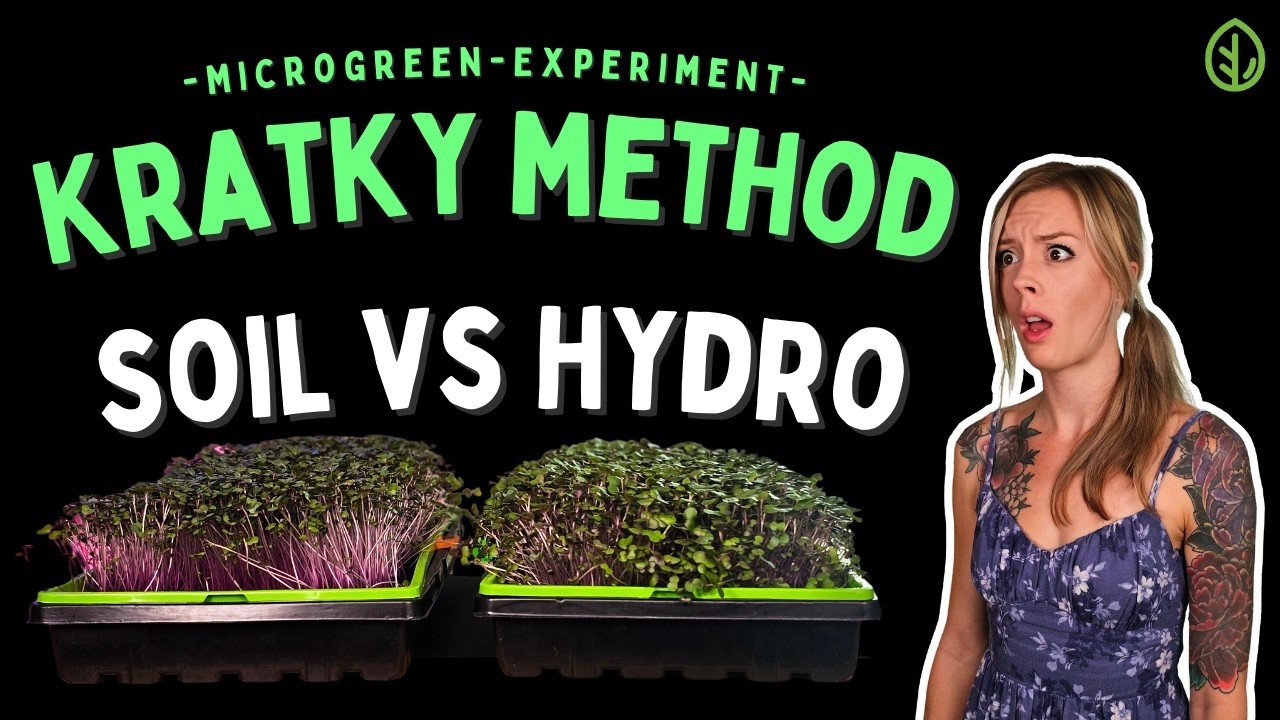
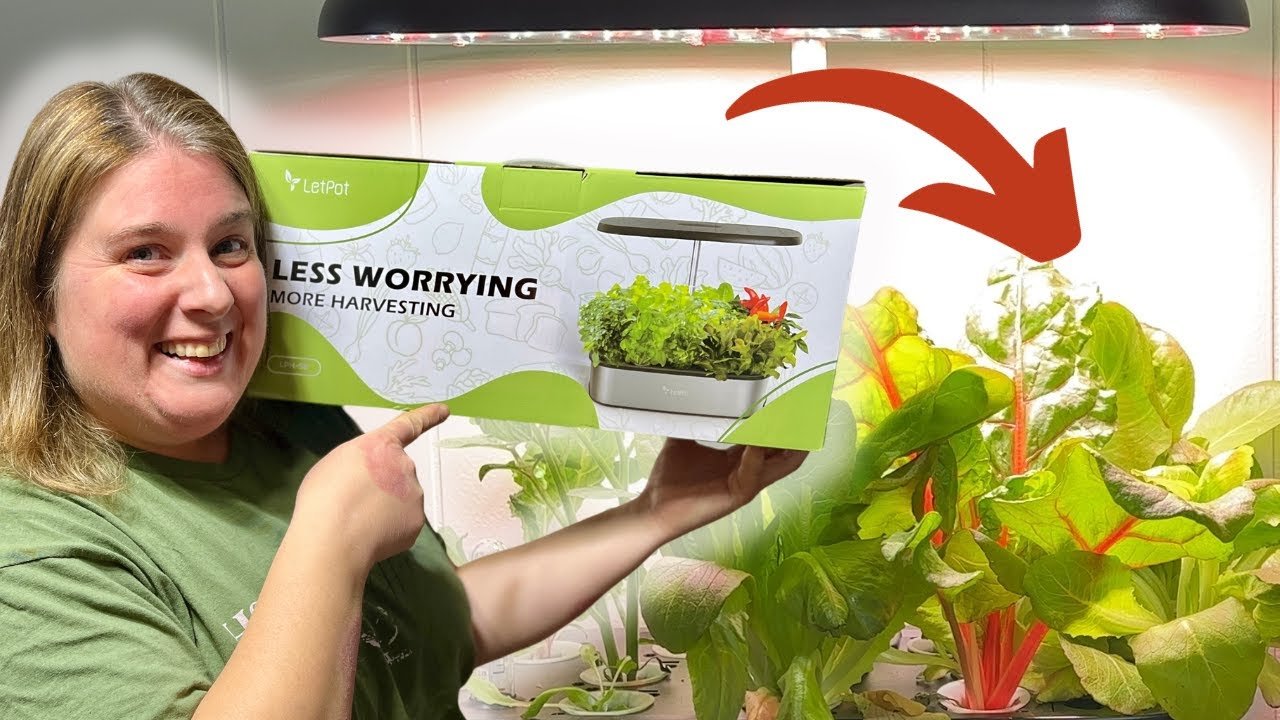
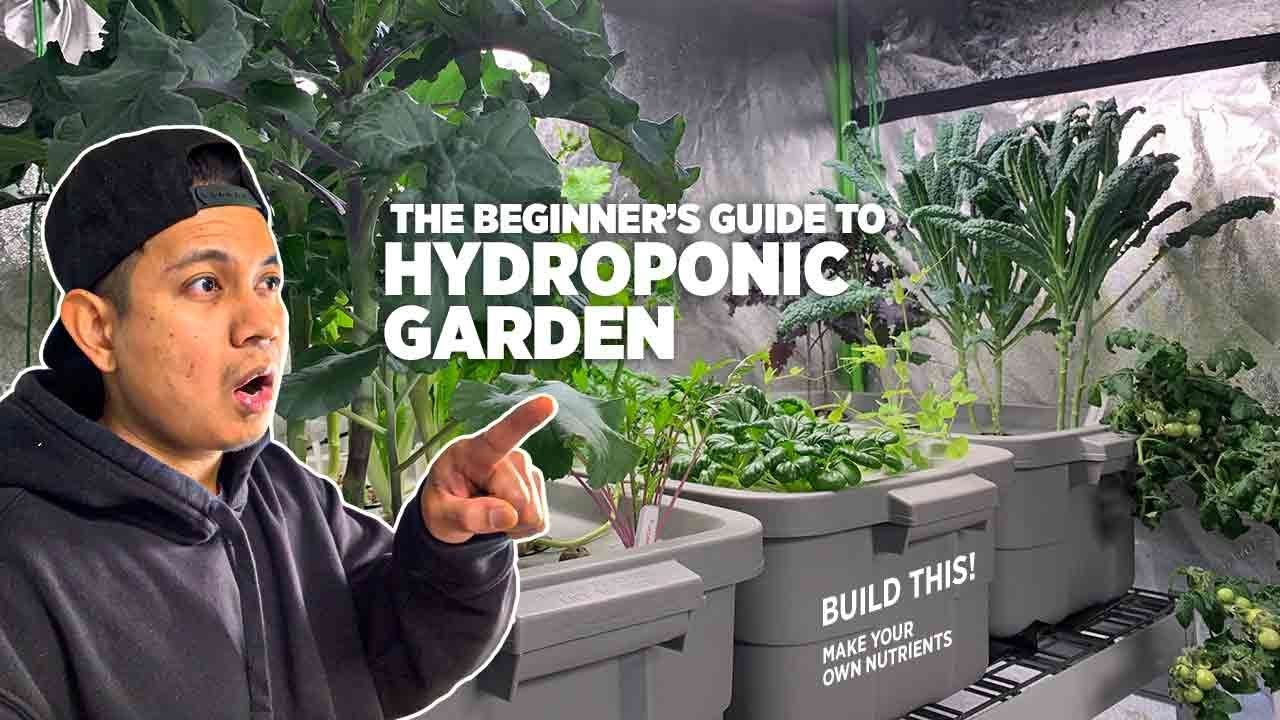

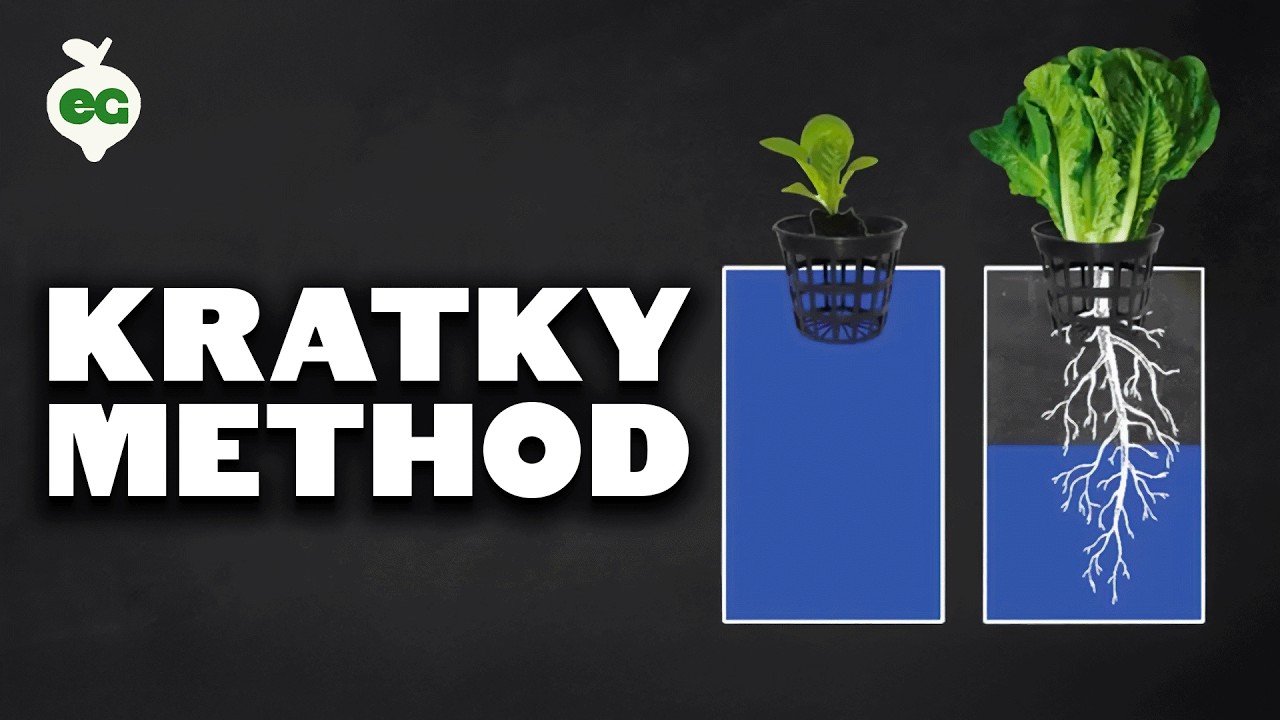
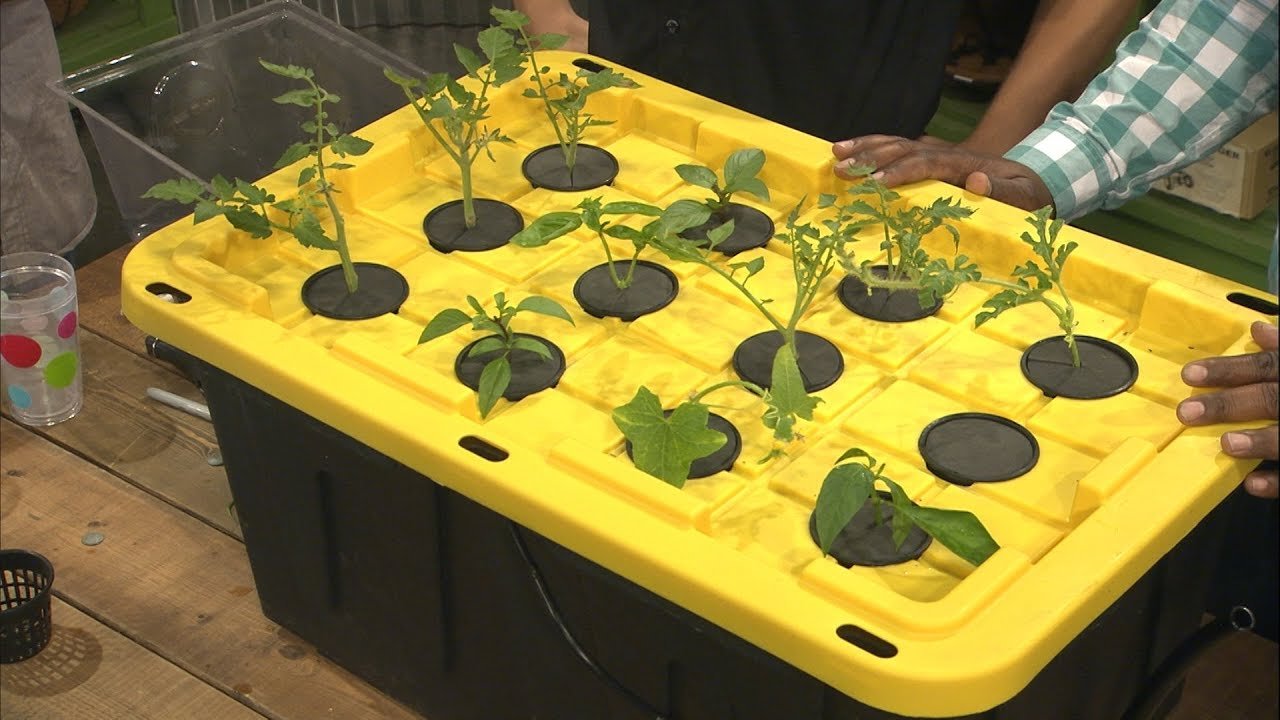
Leave a Reply